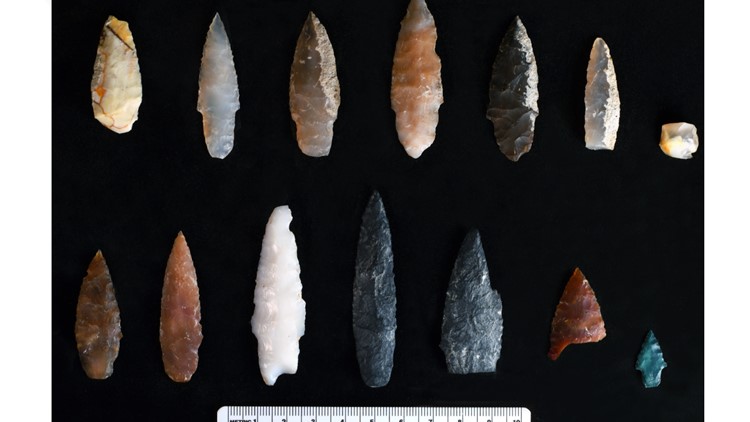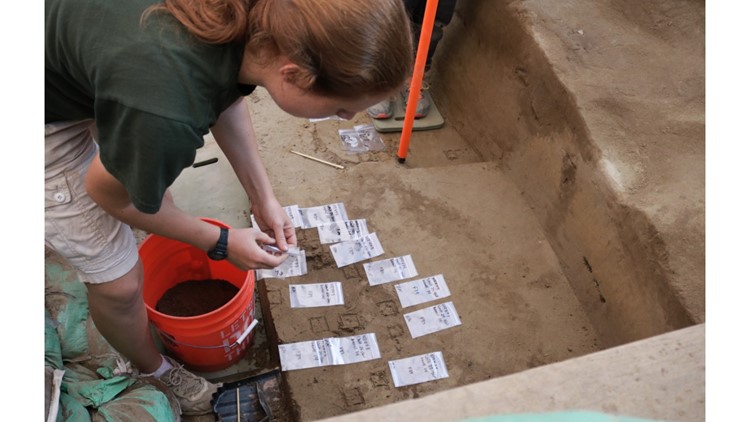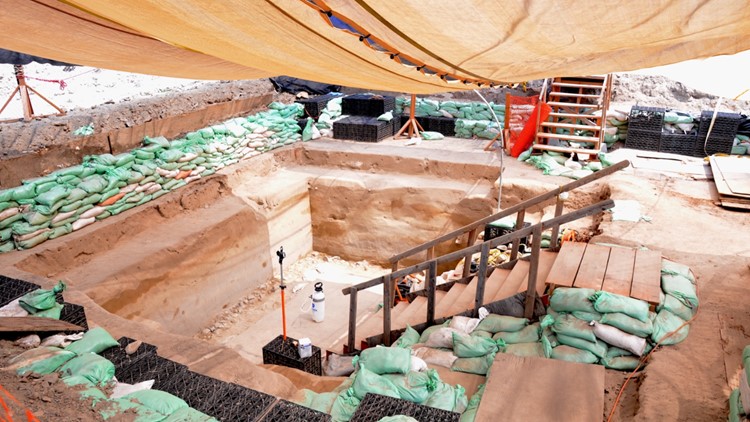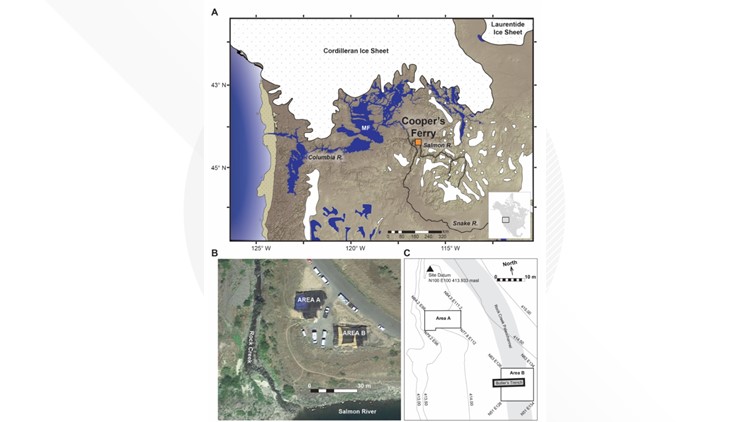CORVALLIS, Ore. — Oregon State University archaeologists have uncovered some tools that add to a new understanding of the timeline of human life in the Americas: projectile points.
OSU archaeology teams have carried out expeditions in west central Idaho for more than a decade, unearthing clues about life at Cooper's Ferry, along the Salmon River canyon.
The projectile points, or spear tips; razor sharp and ranging from half an inch to two inches long, that are so telling about the people who came here to hunt, to fish and to gather. They are about 3,000 years older than what had been found before.
“This record is notable because now we realize it extends back to 16,000 years ago or probably a little earlier,” said OSU Anthropology Professor Loren Davis who has led expeditions of students to Cooper's Ferry for the duration of the project.
In 2019 they found bones and other items that gave them evidence of human life arriving here roughly 3000 years sooner than was previously believed.
OSU archaeologists uncover oldest known projectile points
Now carbon dating of these sharp hunting tools confirms it — and shows how advanced those native peoples were early on.
“Something in your hand that's that old, and to think about somebody actually took a block of rock through a series of steps, turned it into a spear point that I have in my hand is really pretty amazing,” said Davis.
In collaboration with the Nez Perce Tribe and the Bureau of Land Management (BLM), Davis and more than 200 students have spent thousands of hours carefully clearing the dirt, discovering signs of the first human life in the Americas, right here in the Pacific Northwest.
“Looking back, we didn’t realize exactly how old this was going to be, but I hope students or ex-students now are looking back and thinking they're part of something pretty magical and rather special.”
Davis has been studying the Cooper’s Ferry site since the 1990’s when he was an archaeologist with BLM. Now he brings OSU graduate and undergraduate students to the site to work during the summer.
The team also works closely with the Nez Perce Tribe to provide field opportunities for tribal youth and to communicate findings.









